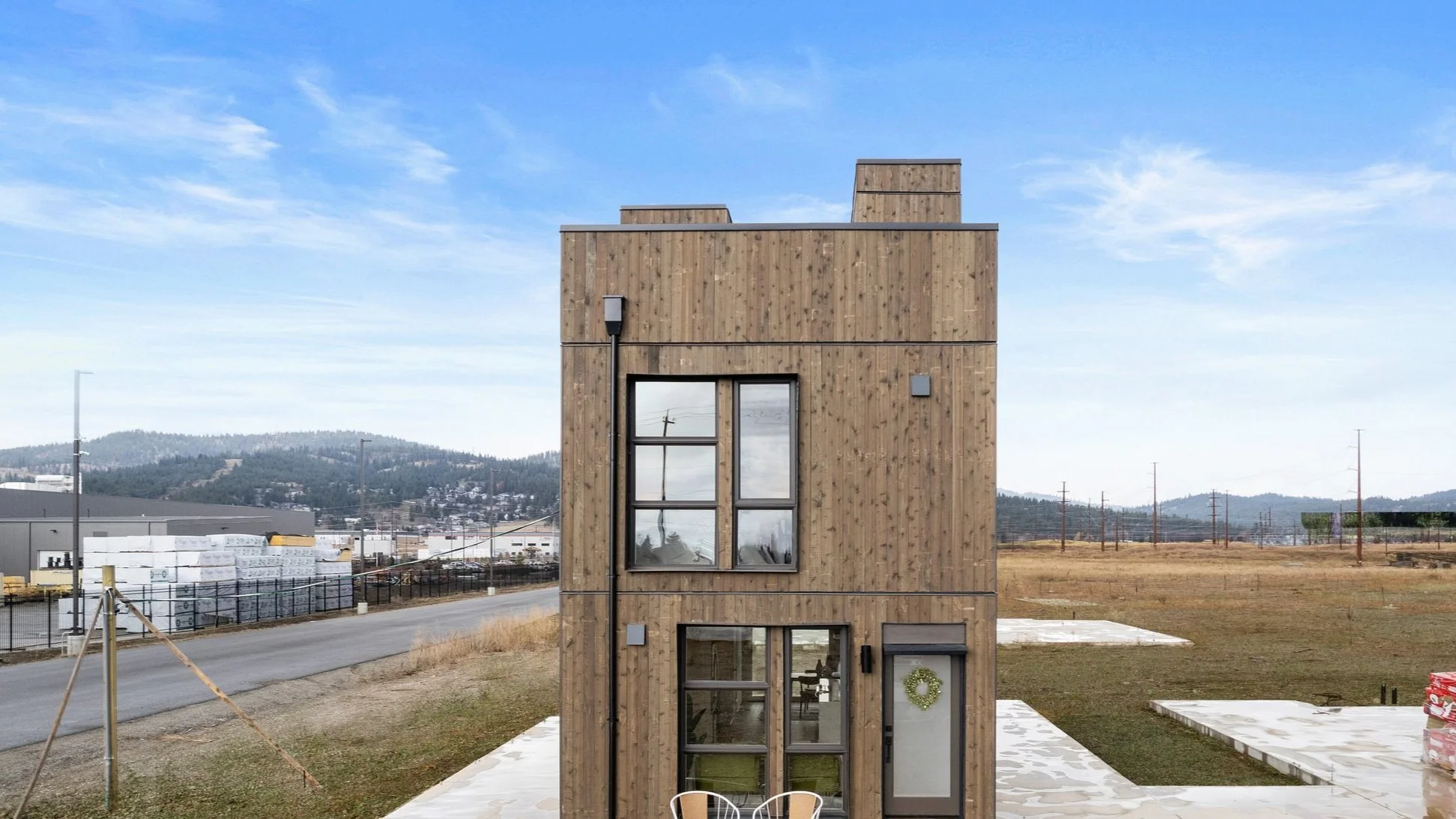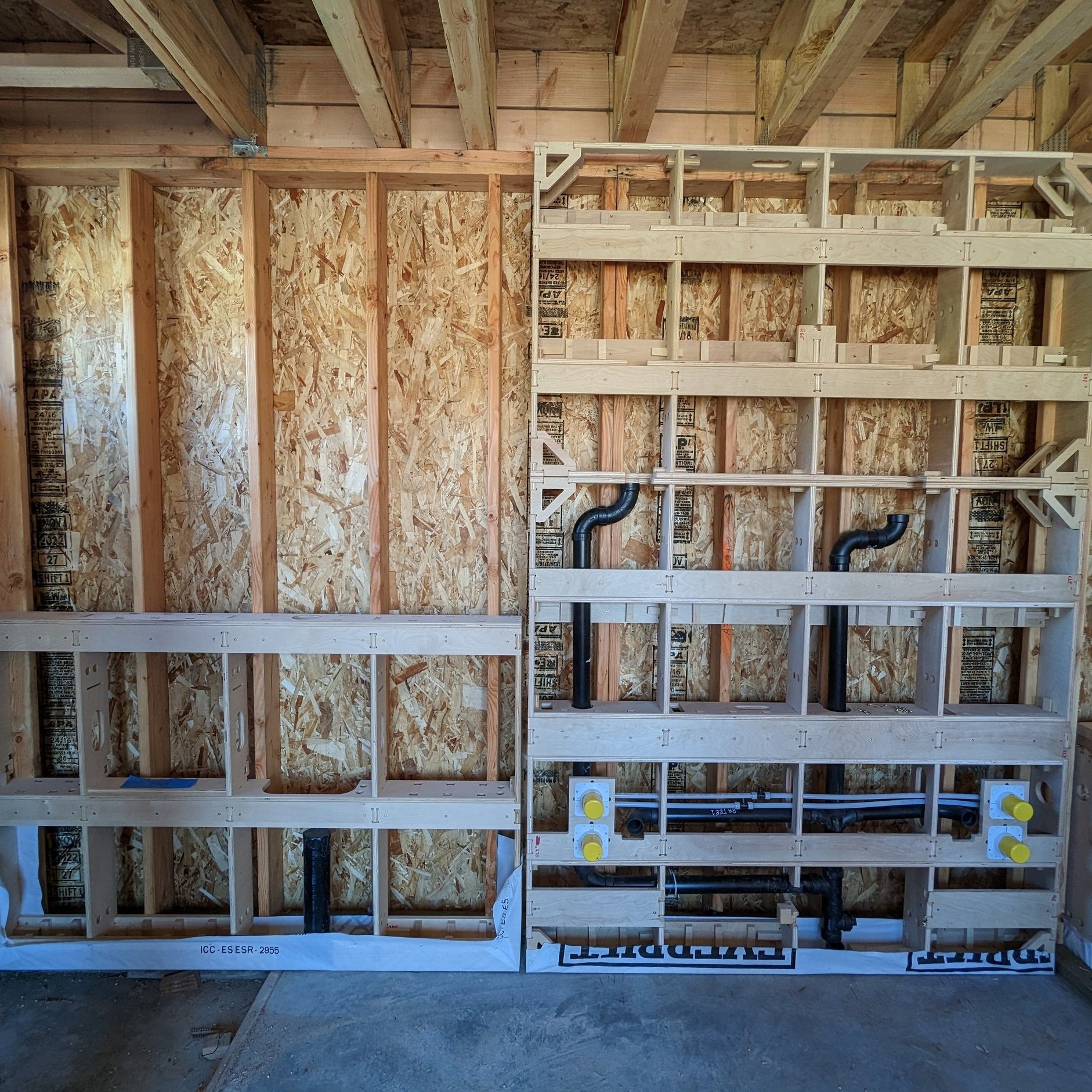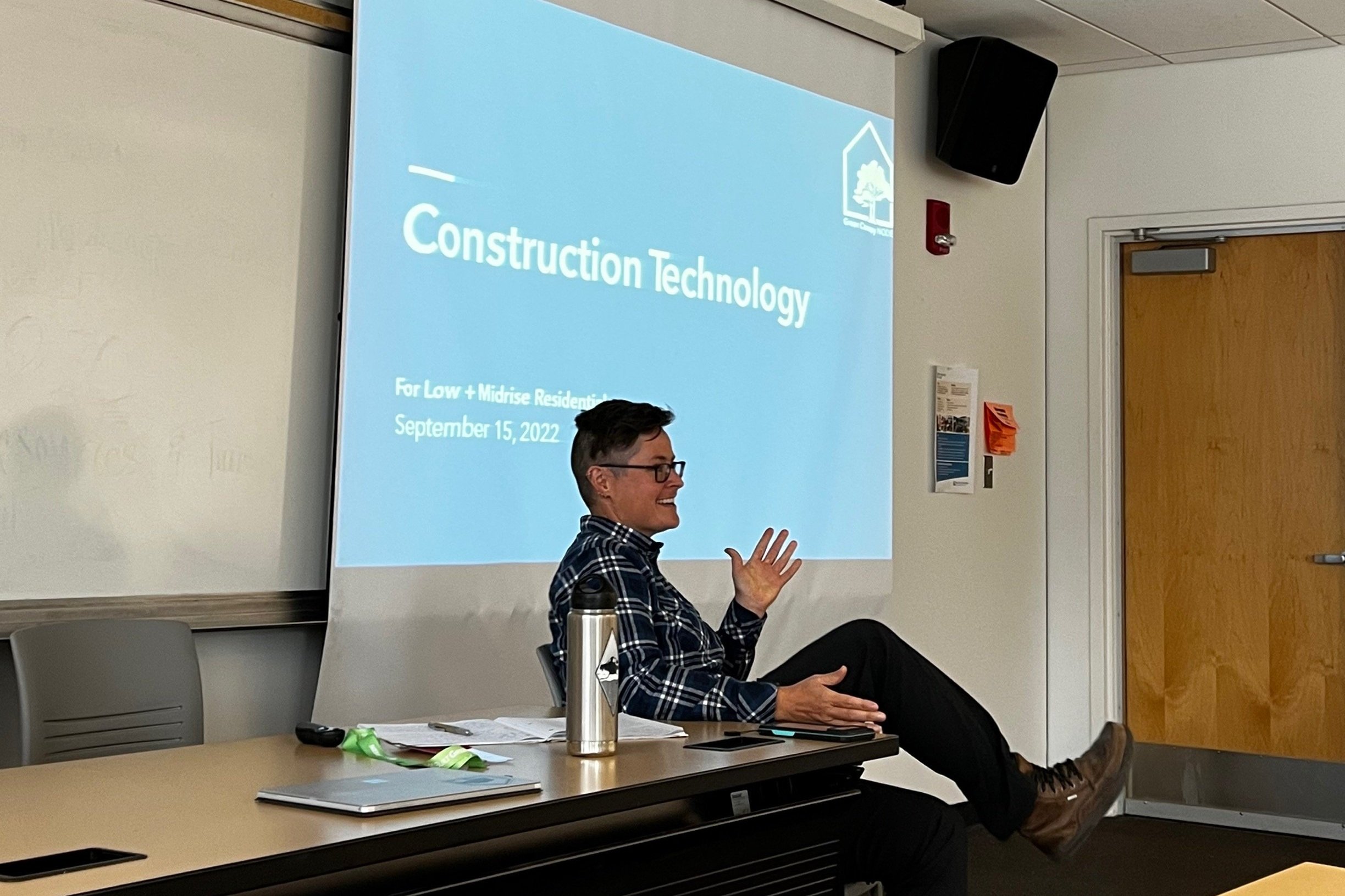SEATTLE, Washington (October 3, 2023) - Sunnyside Village Cohousing, Schemata Workshop, and Green Canopy NODE alongside community members and stakeholders celebrated the groundbreaking of Sunnyside Village this summer . This event marks a significant milestone in the journey towards creating a vibrant and sustainable intentional community located in Marysville, Washington.
Sunnyside Village Cohousing is dedicated to sustainability, intergenerational living, and organic gardening - fostering a more connected way of life. The community, designed by Schemata Workshop and built by Green Canopy NODE, will comprise four-star Built Green cottages, a shared common house, and organic community gardens. Sunnyside Village is currently accepting reservations for homes with a limited number of homes remaining available.
“After many years of effort and planning, it is exciting to see our dream becoming a reality. It is fulfilling our desire to live in a community where no one feels isolated or lonely, where people are friendly and neighborly with each other, and where parents have support for raising their children,” said Jennie Lindberg, co-founder of Sunnyside Village. “We love the skill, caring, attention to detail and professionalism of our team, Green Canopy NODE and Schemata Workshop.”
Embracing Connection Through Design
Sunnyside Village Cohousing is not just a residential development; it's a blueprint for a more connected way of life, thoughtfully intended to combat postmodern loneliness. Designed by architectural firm Schemata Workshop, Sunnyside Village has been meticulously planned to cultivate neighborly connections and nurture an affinity for nature.
Sunnyside Village will offer 32 independent cottages, complemented conveniently located clustered parking designed to minimize the project's ecological footprint. At its heart lies a common house, housing home offices, a children's playroom, and a communal kitchen, among other amenities. What sets Sunnyside Village apart is its extensive outdoor green spaces, featuring a community garden, orchard, and berry patch. These spaces are envisioned as hubs for forging connections and fostering social capital, with harvested organic produce contributing to weekly communal meals shared by residents.
“Cohousing is different from other types of housing, not by the physical form, but rather by the intentionality of the residents to live collaboratively and interdependently,” said Grace Kim, Principal Architect at Schemata Workshop. “Many of us learned through the pandemic that complete independence was isolating and lonely. Cohousing offers resilient neighborhoods where people are more socially connected- resulting in longer lives for those who chose this housing option.”
Partnerships for Sustainability
The shared commitment to sustainability and a deeper sense of community unites Schemata Workshop, Sunnyside Village Cohousing, and Green Canopy NODE in this transformative project. The collective partnership signifies an effort to make better decisions for the community and the planet.
“It’s been a pleasure working shoulder to shoulder with the brilliant people at Sunnyside community and Schemata Workshop in such an inspirational project. Our aggressive social, environmental, and financial goals would not have come to fruition without deep trust and healthy communication facilitated by Karen Gimnig, our process consultant.”
Green Canopy NODE brings its depth of consulting expertise to the development, contributing to conceptual design, risk analysis, and facilitating the community in realizing its vision, in addition to general contracting services to bring the project to life.
Integrated Development Solutions
Green Canopy NODE offers comprehensive development solutions, supporting developer clients engaged in multi-unit residential projects at every stage of the development journey. From pre-development to architecture, construction management, and consulting, Green Canopy NODE is committed to building sustainable homes faster to meet clients’ financial, social, and environmental goals.
###
About Sunnyside Village Cohousing: Sunnyside Village is a cohousing community with a strong focus on its organic garden. Residents will live in 32 cottages and share ownership in a Common House for community activities and some shared meals. Members own their home and the lot it is built on. As a forming community, their mission is to create a cohousing community of diverse people who share vision and values – solidarity, sustainability, and democracy.
About Schemata Workshop: Schemata Workshop is an architecture and urban design practice that empowers people and their communities. The firm values community, equity, and sustainability. Their team approaches each project with the goal of creating resilient communities. They design with integrity, believing in honest, expressive use of materials, and always preferring local resources and production.
About Green Canopy NODE: Green Canopy NODE is a mission-driven construction technology, real estate development, and fund management company. Over its history, it has sought to embrace the innovation required to change the current paradigm of housing development and deliver on its commitment to help regenerate communities and environments. The company works with its clients and investors to develop high-performing, deep green, all-electric, and healthy housing.
For more information about SVC please contact:
jennie@sunnysidevillagecohousing.com
For information about developing similar communities, contact:
developmentservices@greencanopynode.com




























































